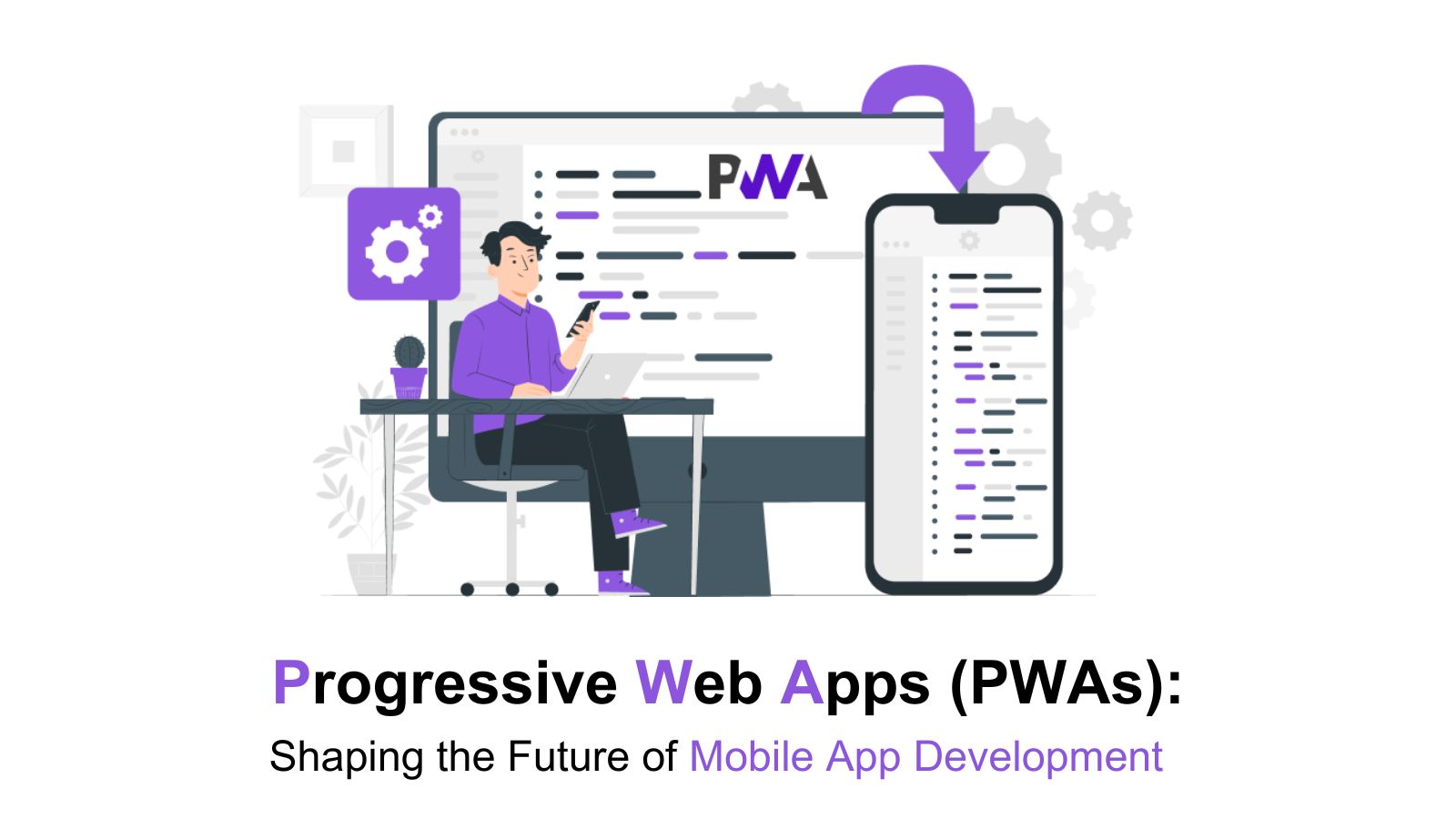Introduction
The web has come a long way since its inception. From static HTML pages to dynamic web applications, the internet has evolved significantly. In recent years, a new technology has emerged that is set to redefine our online experiences: Progressive Web Apps (PWAs). These innovative web applications combine the best features of both websites and native mobile apps, offering users a seamless and engaging experience. In this blog post, we will explore what PWAs are, why they matter, and how they are shaping the future of the web.
What Are Progressive Web Apps (PWAs)?
Progressive Web Apps, often abbreviated as PWAs, are a type of web application that leverages modern web technologies to provide users with an app-like experience right in their web browsers. Unlike traditional websites, PWAs are designed to work offline or in low network conditions, making them highly accessible and reliable. They are responsive, meaning they adapt to various screen sizes and devices, from smartphones to desktops.
PWAs are built using standard web technologies such as HTML, CSS, and JavaScript, but they incorporate additional features and capabilities to enhance the user experience. These features include service workers for offline functionality, web app manifest files for installation on home screens, and push notifications for re-engaging users.
Why PWAs Matter
Improved Performance: PWAs are known for their speed and responsiveness. They load quickly, even on slow network connections, and provide smooth and fluid interactions, making for a delightful user experience.
Cross-Platform Compatibility: One of the key advantages of PWAs is their ability to run on multiple platforms and devices without the need to develop separate apps for each. This significantly reduces development time and costs.
Offline Accessibility: PWAs can function offline or in areas with poor network connectivity, which is a crucial feature for users in remote or underserved regions.
App-Like Experience: PWAs look and feel like native mobile apps, complete with smooth animations, gesture support, and a user interface that resembles what users are accustomed to in app stores.
No Installation Required: Users can access PWAs directly through a web browser, eliminating the need for downloading and installing apps from app stores. This saves storage space on users’ devices and simplifies the onboarding process.
Automatic Updates: PWAs are always up-to-date as they are hosted on web servers. This ensures that users are using the latest version of the application without manual updates.
Examples of Successful PWAs
Several well-known companies have embraced PWAs and witnessed significant benefits. Here are a few notable examples:
Twitter Lite: Twitter’s PWA, Twitter Lite, offers a streamlined version of the social media platform that loads quickly, even on 2G networks. It has led to increased user engagement, especially in regions with limited internet connectivity.
Starbucks: Starbucks’ PWA allows customers to order coffee, customize their drinks, and find nearby stores, all from their mobile devices. The PWA provides an app-like experience without the need to download a separate app.
Pinterest: Pinterest’s PWA offers a fast and engaging experience for users looking to discover and save ideas. The PWA is designed to work seamlessly on both desktop and mobile devices.
Alibaba: Alibaba.com, one of the world’s largest e-commerce platforms, developed a PWA that resulted in a 76% increase in conversions. The PWA loads quickly and offers a user-friendly shopping experience.
Building PWAs
Developing a Progressive Web App involves several key steps:
Service Worker: Implement a service worker, a JavaScript file that acts as a proxy between the web app and the network. It enables features like offline caching and push notifications.
Web App Manifest: Create a web app manifest file that describes your PWA, including its name, icons, and other metadata. This file is used when users install your PWA on their devices.
Responsive Design: Ensure your PWA is responsive and works well on various screen sizes and orientations. Responsive design is essential for delivering a consistent user experience.
Secure Connection: Use HTTPS to secure your PWA. This is a requirement for service workers and ensures the integrity and privacy of data exchanged between the app and the server.
Engaging User Interface: Design an intuitive and visually appealing user interface. PWAs should provide a smooth and enjoyable experience.
Testing and Optimization: Test your PWA across different browsers and devices to ensure compatibility. Optimize performance and make necessary improvements based on user feedback.
The Future of the Web
Progressive Web Apps are not just a trend; they represent the future of the web. As technology continues to advance, PWAs will become even more powerful and versatile. Here are some predictions for the future of PWAs:
Increased Adoption: More businesses and developers will embrace PWAs as they recognize the benefits of improved user experiences and cost-effective cross-platform development.
Advanced Features: PWAs will continue to evolve, incorporating new web APIs and technologies that enhance their capabilities, such as augmented reality and machine learning.
Ecosystem Growth: Web browsers and operating systems will further support PWAs, making it easier for users to discover, install, and use these applications.
Commerce and E-Commerce: PWAs will play a significant role in online shopping, allowing retailers to create fast, user-friendly, and accessible e-commerce experiences.
Education and Healthcare: PWAs will find applications in education and healthcare, providing interactive learning platforms and telehealth services that work seamlessly across devices.
Conclusion
Progressive Web Apps are at the forefront of web development, offering a bridge between the web and native apps. Their ability to deliver high-performance, offline accessibility, and cross-platform compatibility makes them a game-changer for businesses and developers. As PWAs continue to evolve and gain popularity, they are undeniably building the future of the web, offering users a faster, more engaging, and accessible online experience. Embracing PWAs today means being ready for the web of tomorrow.



